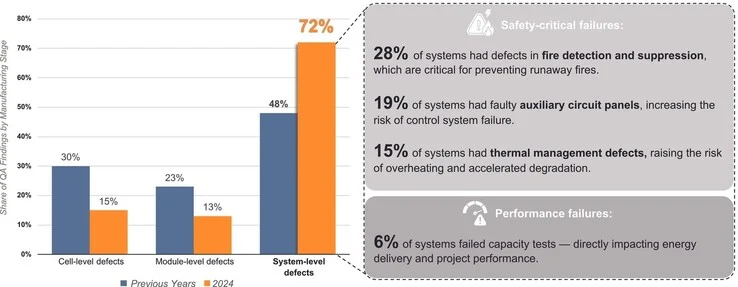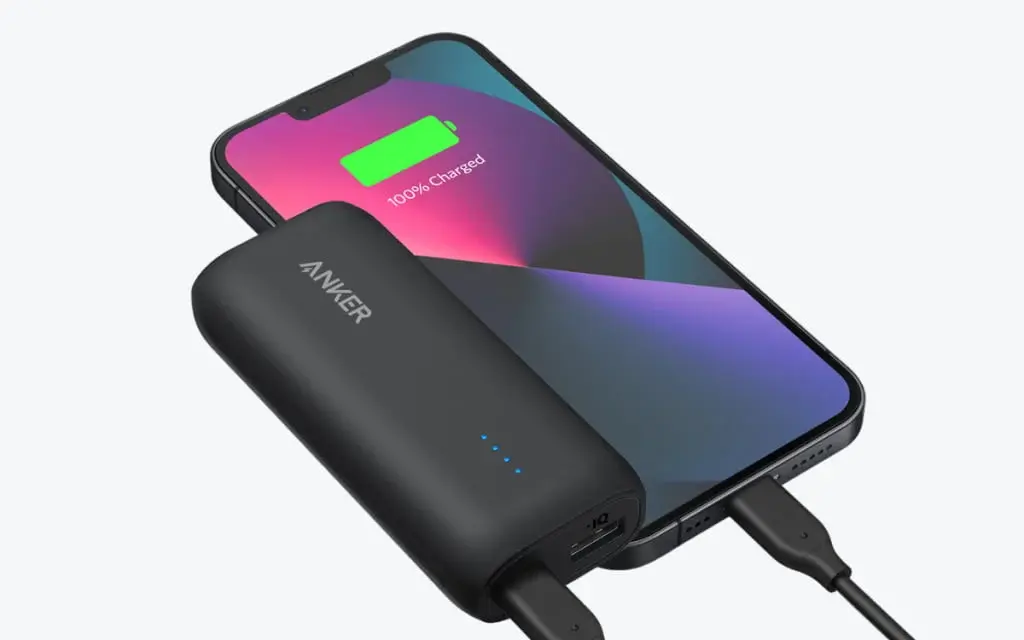Key Takeaways
1. Most failures in energy storage systems (ESS) are due to auxiliary systems, not battery defects, with battery cells accounting for only 15% of defects.
2. Battery safety ratings have improved significantly, with a doubling of safety ratings in the past year.
3. By 2024, 72% of failures will stem from secondary systems rather than battery cells, indicating a shift in failure sources.
4. Safer battery chemistries, like sodium-ion and lithium iron phosphate, are contributing to improved safety in ESS.
5. Mandatory large-scale fire tests for ESS will be implemented by 2026 to enhance safety standards in North America.
As energy storage systems (ESS) increase in capacity to levels that can supply energy to a home for more than five years, the safety record of these batteries is also improving.
Battery Defects Decline
A recent study reveals that most failures in ESS are not caused by defects in the batteries themselves but rather by problems in their auxiliary systems. Currently, battery cells and modules account for only about 15% of all defects in energy storage systems, showing a significant decline in failure rates.
Research from Clean Energy Associates (CEA), which included random testing of over 65 GWh in energy storage projects, found that battery safety ratings have doubled in the past year. In 2023, battery cells were responsible for 30% of ESS failures, while auxiliary systems, including fire suppression and thermal management systems, made up 48% of all defects.
Shift in Failure Sources
By 2024, the situation had shifted dramatically, with 72% of manufacturing, installation, or operational failures arising from secondary systems of the ESS rather than the battery cells themselves.
This change may be attributed to the rise of safer battery chemistries, like sodium-ion and lithium iron phosphate (LFP), which are commonly found in popular portable power stations such as the Anker Solix C1000.
Additionally, the implementation of new safety standards and certification tests has also played a role in ensuring that batteries in energy storage systems are no longer the primary safety concern.
Future Safety Standards
Looking ahead to 2026, the ESS industry in North America will face mandatory large-scale fire tests designed to simulate thermal runaway scenarios. According to the CEA, “Product certification, third-party quality assurance, and direct communication with communities are essential to build trust.”
CEA via The Elec
Source:
Link



